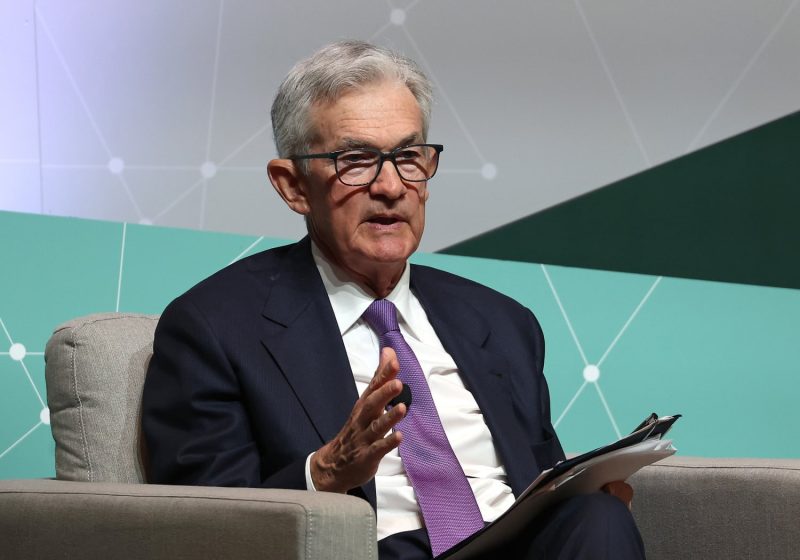In a rapidly changing global economic landscape, the decisions made by the Federal Reserve regarding interest rates are closely watched and analyzed by economists, policymakers, investors, and the general public alike. The Fed’s monetary policy plays a crucial role in shaping the economic environment, influencing everything from borrowing costs to inflation rates and overall economic growth.
However, the uncertainty surrounding the future direction of interest rates this year has created a sense of skepticism and debate among economists. In the past, economists have often tried to predict the Fed’s moves based on a range of economic indicators and projections. Yet, recent developments have led to increased uncertainty and a sense that traditional models may no longer accurately capture the complexities of the current economic climate.
One of the key factors contributing to this uncertainty is the unique set of challenges facing the global economy. Geopolitical tensions, trade disputes, and the ongoing impact of the COVID-19 pandemic have created a highly volatile and unpredictable environment for policymakers. As a result, traditional economic models that rely on historical data and established relationships may be less reliable in this current landscape.
Moreover, the unprecedented levels of fiscal and monetary stimulus implemented by governments around the world have further complicated the economic outlook. Massive government spending programs, coupled with historically low interest rates and asset purchases by central banks, have distorted traditional market signals and raised questions about the sustainability of current economic conditions.
In light of these challenges, economists are finding it increasingly difficult to confidently predict the Fed’s future actions. While some argue for continued accommodative policies to support economic recovery, others warn of the risks of inflation and financial instability if interest rates remain too low for too long. This divergence of views reflects the underlying uncertainty and complexity of the current economic environment.
As economists grapple with these challenges, it is clear that the traditional approaches to forecasting interest rates may need to be reevaluated. New models and methodologies that incorporate a wider range of factors, including geopolitical risks, unconventional policy measures, and global interconnectedness, may be necessary to improve the accuracy of predictions and provide policymakers with better guidance.
In conclusion, the increasing uncertainty surrounding Fed rate cuts this year highlights the need for a more nuanced and flexible approach to economic analysis. As the global economy continues to evolve in response to ongoing challenges and disruptions, economists must adapt their models and frameworks to better capture the complexities of the current economic landscape. Only by embracing a more holistic and dynamic perspective can economists hope to navigate the uncertainties of the future and provide valuable insights for policymakers and market participants alike.
